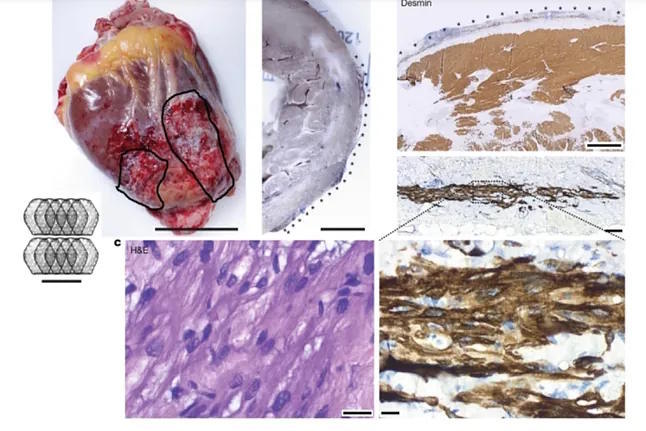Muscle patches made with stem cells can help repair heart injuries such as heart failures without adverse effects, according to a study published this Wednesday in the journal 'Nature' reported by EFE.
The effectiveness of these patches, called EHM, was demonstrated in primates and in a human patient during clinical trials that will continue to be carried out in real patients to "continue testing the safety and efficacy of this approach," according to the study, based on research led by the German scientist Wolfram-Hubertus Zimmermann.
"The latest findings highlight the potential of tissue patches derived from stem cells to treat heart failure," a condition that, according to this, "remains one of the leading causes of death worldwide, while treatment options to reverse its progression are limited."
The patch is made with tissue engineering, dedicated to repairing or generating biological tissues, and is a cardiac muscle grown in a laboratory from cardiac cells derived from induced pluripotent stem cells embedded in a collagen hydrogel.
The simulation of this treatment in monkeys was the starting point for its application in clinical trials, positioning it as the only technology that allows "safe and effective administration with long-term retention of cardiomyocytes (heart muscle cells)."
Researchers were able to demonstrate that implanted cardiac patches, composed of up to 200 million cells, improved heart function by forming new cardiac muscle.
These new cardiac muscle cells are maintained under concomitant immunosuppression (weakening of the immune system) and reinforce the heart's pumping function.
Following the favorable results of this research, the first clinical trial has been authorized worldwide in human patients.
Scientists from the University Medical Center Göttingen (central Germany) and the University Medical Center Schleswig-Holstein in Lübeck (northern Germany) participated in the study.
